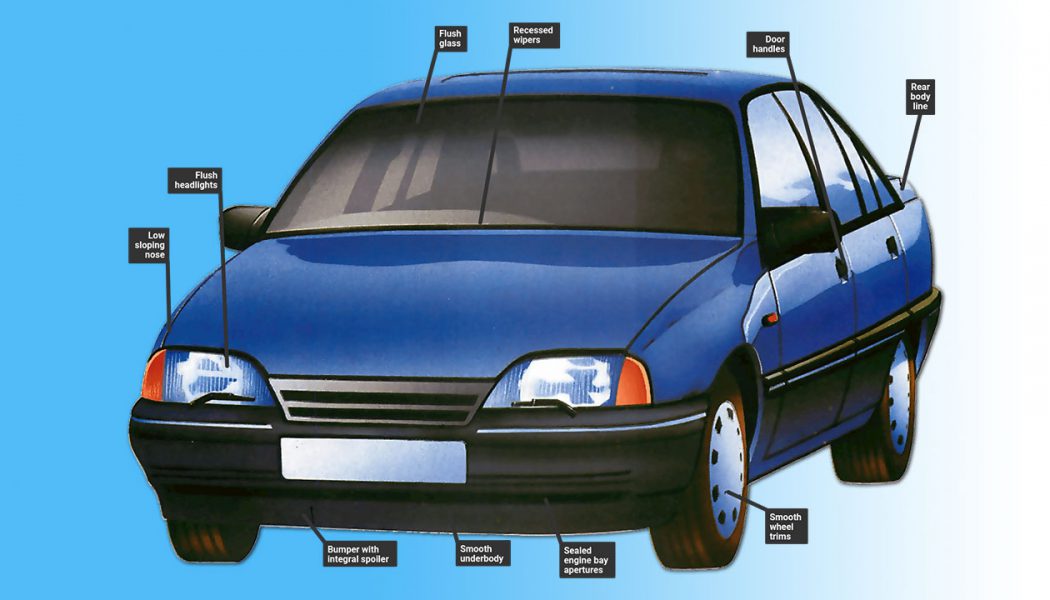Aerodynamics is the study of the properties of air in motion and its interaction with the solid bodies moving with through it. Any object that moves through air reacts to Aerodynamics.
Have you ever wondered about the shapes of different cars? Do you know what are the Four Forces of Flight? Aerodynamics acts on Aircrafts, Cars and any other body in motion. The rules of Aerodynamics explain how airplanes are able to fly.
Four Forces of Flight
Thrust, Drag, Weight and Lift are the four forces of flight. Thrust makes a body to go fast. Drag slows down a moving body. Weight acts as a downward force on a moving body. Lift helps a body to go up in the air. These four forces decide how a body moves through air.
When a car moves, it pushes the air surrounding it. The speed of the car or an aircraft depends very much on how much air hits it from the front. If the air is restricted by flat objects to move freely along the body of the object, it reduces the speed. Obviously the moving body has to provide more thrust to overcome it and hence therefore its efficiency is affected considerably. This is the reason why aerodynamic design of cars, aircrafts and moreover any moving body is important.
Goals of Aerodynamics
The main goal of Aerodynamics are as follows. Practically Air can be considered as a fluid.
- Reducing Drag and Wind Noise
- Minimize Noise Emission
- Prevent undesired Lift Forces
- Minimize Instability at high speeds
In the case of racing cars, aerodynamic design helps in increasing the downforce. The downforce allows a car to travel faster through a corner by increasing the vertical force on the tires, thus creating more grip.
Preferable Aerodynamic Shape
For objects moving at speeds lesser that the speed of sound, the most aerodynamically efficient shape is the “Teardrop”. Teardrop design minimizes the “Drag” force. The Aerodynamic Efficiency of a car’s shape is measured by its Co-efficient of Drag known as “Cd Figure” and its Frontal Area. “CdA” (Co-Efficient of Drag multiplied by Frontal Area) gives the total amount of Drag acting on the body of the car.


